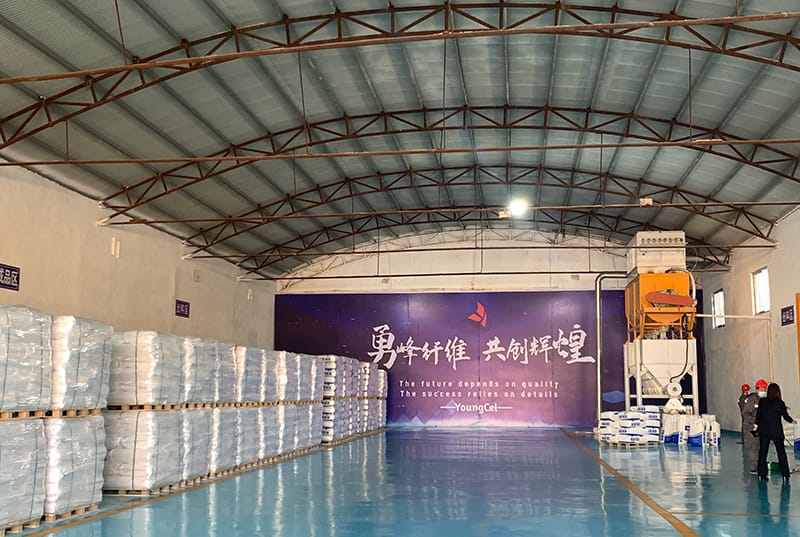Additive for Putty Enhancing Performance and Versatility
Putty, a versatile material widely used in construction and home improvement projects, has undergone significant advancements due to the incorporation of various additives. These additives enhance the properties of putty, making it more effective and adaptable for diverse applications. This article will delve into the various types of additives used for putty, their benefits, and how they contribute to improved performance.
Types of Additives
1. Polymer Additives One of the most common types of additives for putty is polymers. These substances are added to enhance adhesion, flexibility, and water resistance. Polymer-modified putties, for instance, exhibit superior bonding capabilities, enabling them to adhere better to a wider range of substrates, including concrete, wood, and plaster. This is particularly important in applications where movement and expansion of materials might occur, as the added flexibility helps prevent cracking and peeling.
2. Thickeners Additives such as thickeners improve the consistency and application properties of putty. They help achieve a creamy texture that is easy to spread, ensuring a smooth finish. These thickeners also prevent the putty from sagging or running off vertical surfaces during application. By controlling the viscosity, thickeners play a critical role in determining the putty's workability.
3. Adhesion Promoters Adhesion promoters are used to enhance the bond between the putty and the substrate. These additives can significantly improve the durability of the putty, particularly in challenging environments where moisture, heat, or other adverse conditions exist. By increasing the surface energy of the putty, adhesion promoters ensure a stronger and more resilient application.
additive for putty

4. Anti-fungal and Anti-bacterial Agents In spaces prone to moisture, such as bathrooms and kitchens, the incorporation of anti-fungal and anti-bacterial additives is crucial. These agents prevent the growth of mold and bacteria within the putty, thus ensuring a longer-lasting and hygienic finish. This is especially important for residential and commercial buildings where cleanliness and maintenance are paramount.
5. Colorants To meet aesthetic demands, colorants can be added to putty to achieve specific colors and finishes. This eliminates the need for additional painting steps, saving time and effort during construction or renovation projects. Moreover, color-controlled putties can perfectly match the surroundings, providing a seamless look.
Benefits of Using Additives in Putty
The incorporation of additives in putty offers numerous advantages. Primarily, it enhances the overall performance and durability of the material. Additive-infused putties are often resistant to shrinkage, cracking, and peeling, thereby reducing maintenance needs over time. Additionally, they provide improved workability, allowing for a more straightforward application process. With a variety of options available, these additives allow manufacturers and users to customize putty for specific functions and environments, ultimately leading to better results.
Conclusion
The evolution of putty formulations has facilitated the use of various additives that significantly enhance its utility in construction. From improving adhesion and flexibility to adding aesthetic qualities and environmental resistance, these additives play a pivotal role in ensuring the longevity and effectiveness of putty. As the construction industry continues to innovate, the development of new additives will undoubtedly lead to even more advanced putty products, catering to the ever-changing needs of builders, contractors, and homeowners alike. Investing in high-quality putty with appropriate additives can ultimately save time, reduce costs, and deliver superior outcomes in any project.






